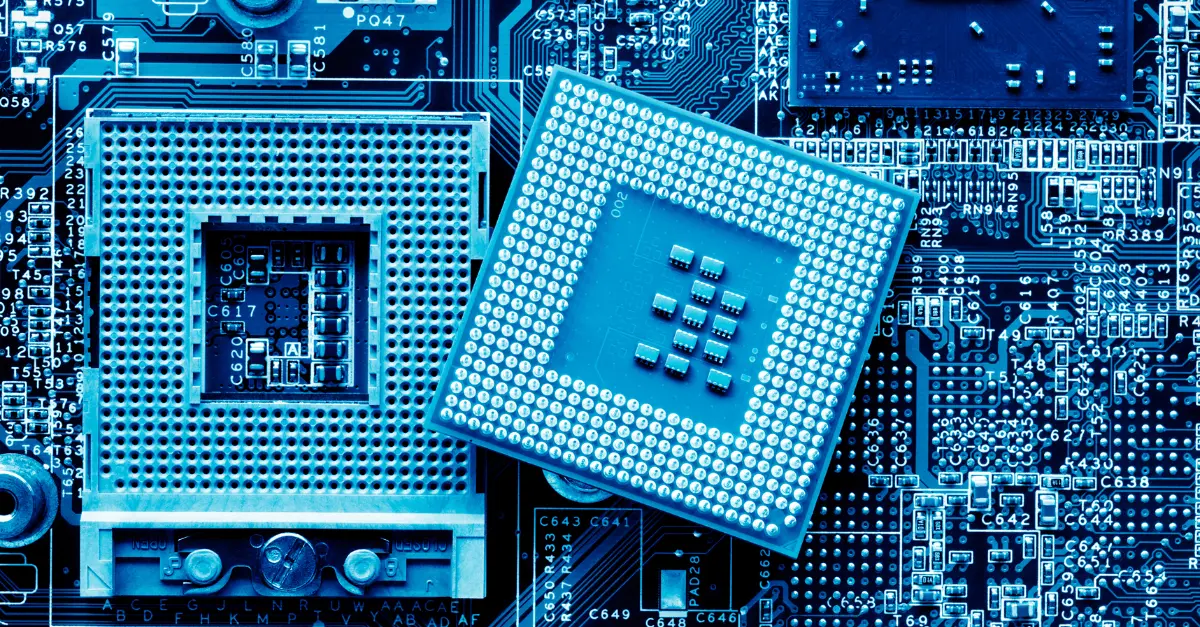Taiwan Chip Supplies Critical to US-China Tensions
Tensions in and around Taiwan are reaching new heights as US and China posture over the island's sovereignty. Are chip supplies in even more danger?
Let's play the blame game. One official points their finger and the other fires back with their index finger furiously extended.
The recent explosion in posturing over Taiwan between the US and China began back in October of 2020 when news of newly deployed missiles in China appeared as preparation for an invasion of Taiwan.
Taiwan responded by tightening control over Chinese investments. A move sparked by national security concerns and that followed the steps of the US and Japan. Since December, multiple veiled threats have been attempted by China and the US in their passive battle over Taiwan's sovereignty.
Beijing says Taiwan is a breakaway province. Taiwan believes itself to be a democratic, sovereign state. The US and other democratic countries have sided with Taiwan in an effort to promote global democracy.
Yet all of the militaristic posturing over Taiwan has shed some light on the US and China's dependence on advanced computing chips from Taiwan.
Taiwan as Center of Chip Supplies
The National Security Commission on Artificial Intelligence suggested the US needs to clamp down on China's ability to manufacture computing chips and that the US has a "dangerous" dependence on Taiwan's chip supplies.

Demand for advanced semiconductors and other advanced components is projected to grow every year. According to semi.org, the global semiconductor market will nearly double from 2020 to 2025.

As tensions over Taiwan continue to increase between China, the US, and even other Pacific countries like Japan, Vietnam, and the Philippines, the chips being manufactured in Taiwan are due to become an even more valuable commodity than they are now. And don't forget that the global electronics and automotive industry is in the midst of a strangled supply of semiconductors.
US Looking to Regain Leadership in Semiconductor Manufacturing
Taiwan's TSMC, when paired with South Korea's Samsung Electronics, controls more than 70% of the global semiconductor manufacturing market. According to TrendForce, TSMC has a foundry market share of 55%.
The current shortage and the tensions with China have inspired US officials to regain leadership in the semiconductor market.
Easier said than done.
Biden's executive order was a step, but it was not considered a quick fix. The US realized its dependence on China and has created a national imperative to become self-sufficient in semiconductor production. All of this has been accelerated by the current chip shortage and the ongoing tech war against China. Additionally, China's threats on Taiwan have added further emphasis on the US reducing dependence on Taiwan's semiconductor manufacturing.
After all, a Chinese invasion of Taiwan could bring the global semiconductor supply to a complete halt. If China were confident enough in its own ability to supply semiconductors, it could stifle Taiwan's semiconductor manufacturing through warfare.
The US recognized this and has already called on Intel, who plans to spend $20 billion on two new chip factories that will act as foundries for advanced chip production. According to the US administration, global supply chains are at risk if they continue to depend on geopolitically sensitive areas like Taiwan for necessary components.
The US's plan?
Expand manufacturing capacity in the US and create high-paying engineering jobs. They expect to achieve these goals by forming alliances with other countries, like Japan, where they will cooperate on supply chains for critical parts. The goal of these alliances is to create a system of production in stable regions.
For now, the global dependence on Taiwan for chip supplies plays into China's hand.
The Z2Data Solution
Z2Data is a leading supply chain risk management platform that helps organizations identify supply chain risks, build operational resilience, and preserve product continuity.
Powered by a proprietary database of 1B+ components, 1M+ suppliers, and 200K manufacturing sites worldwide, Z2Data delivers real-time, multi-tier visibility into obsolescence/EOL, ESG & trade compliance, geopolitics, and supplier health. It does this by combining human expertise with AI and machine learning capabilities to provide trusted insights teams can act on to tackle threats at every stage of the product lifecycle.
With Z2Data, organizations gain the knowledge they need to act decisively and navigate supply chain challenges with confidence.


.svg)






